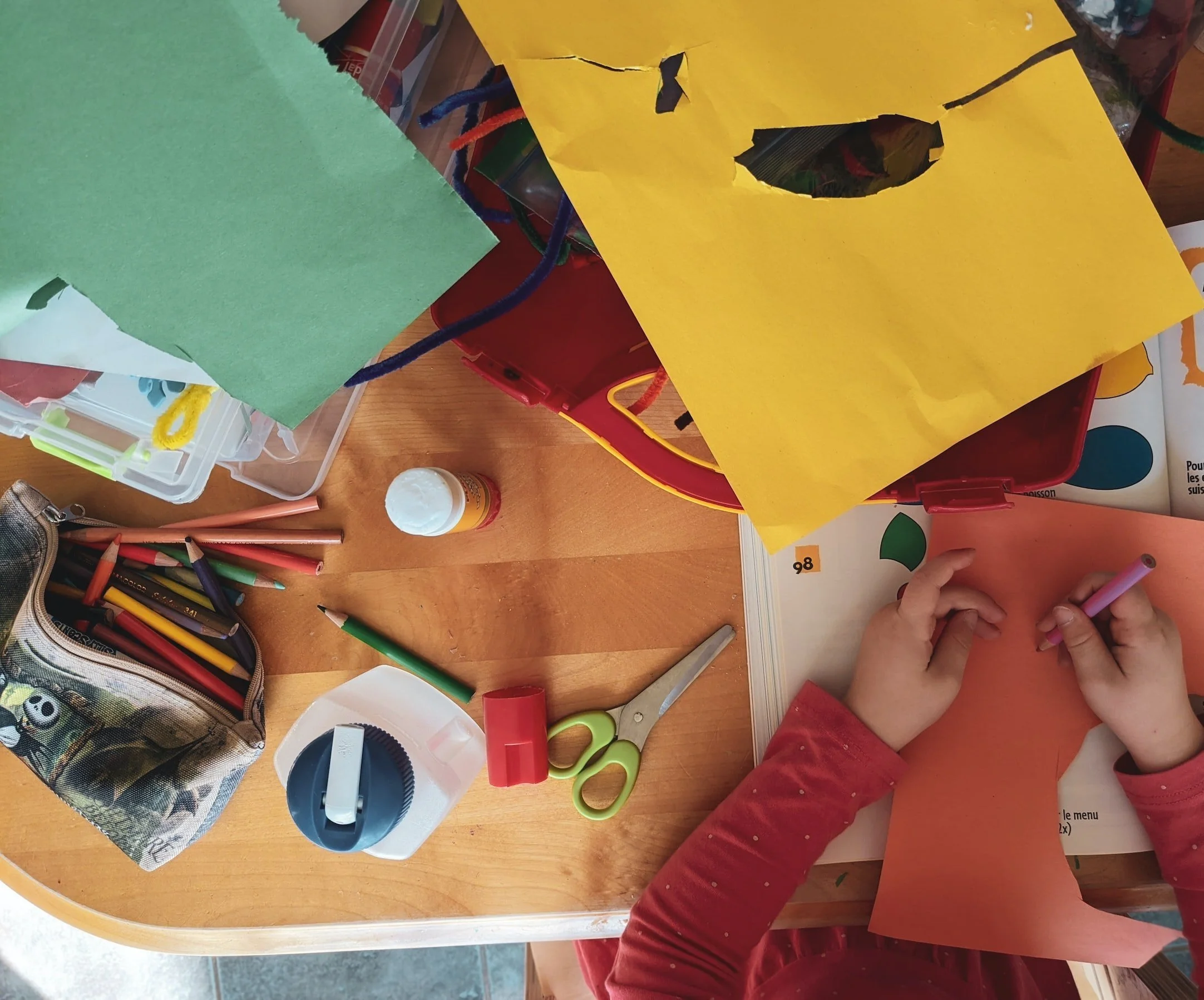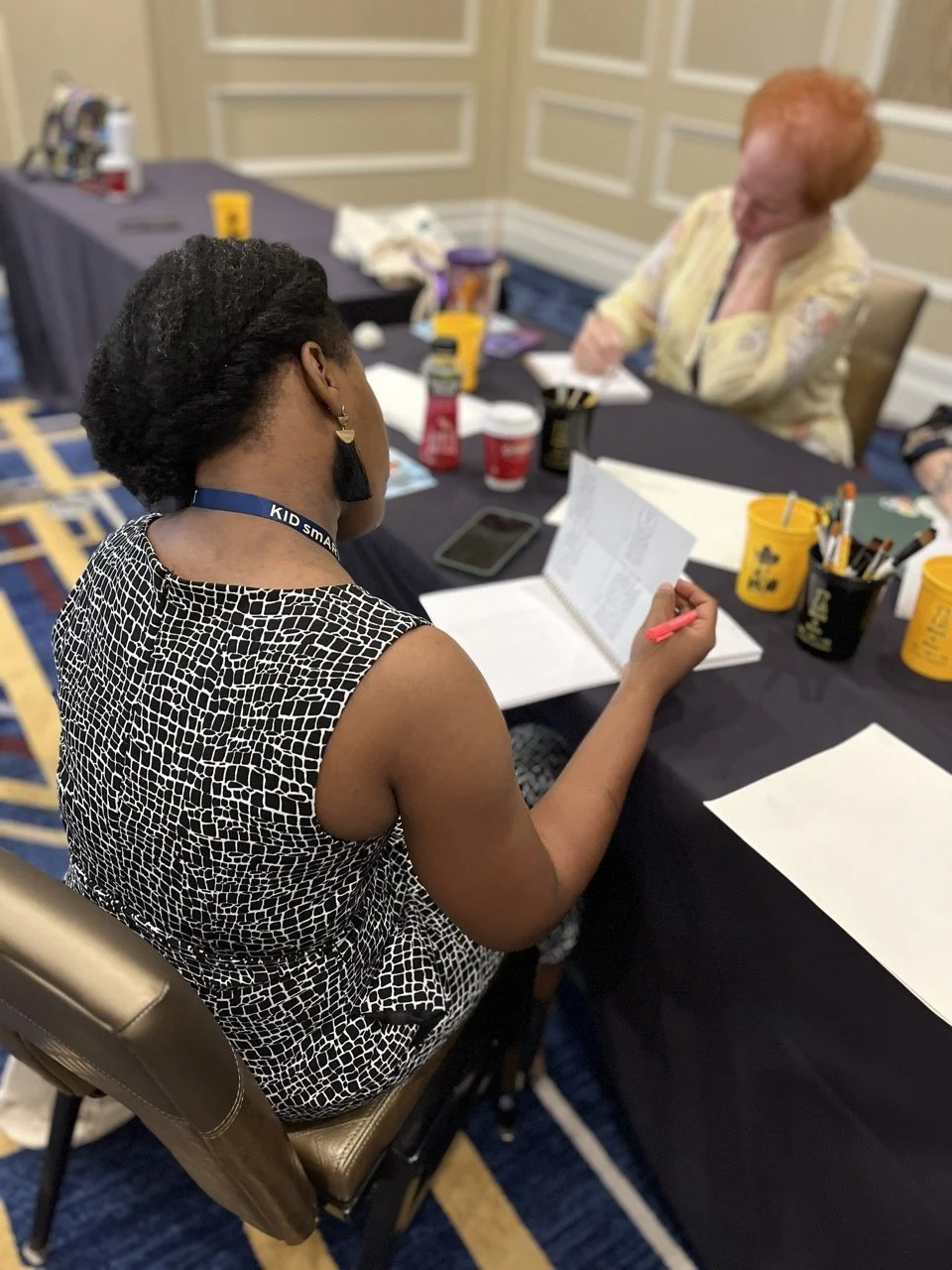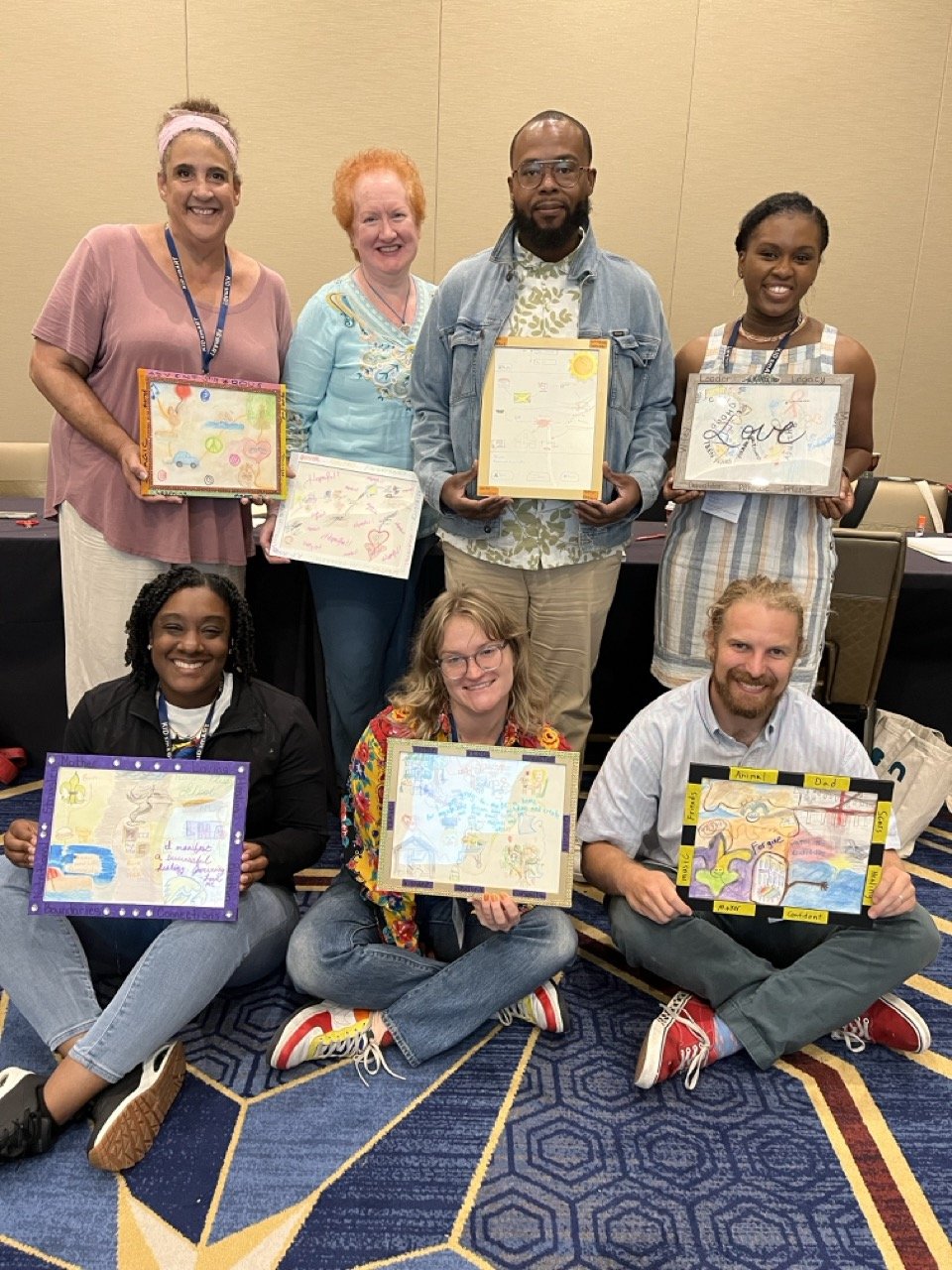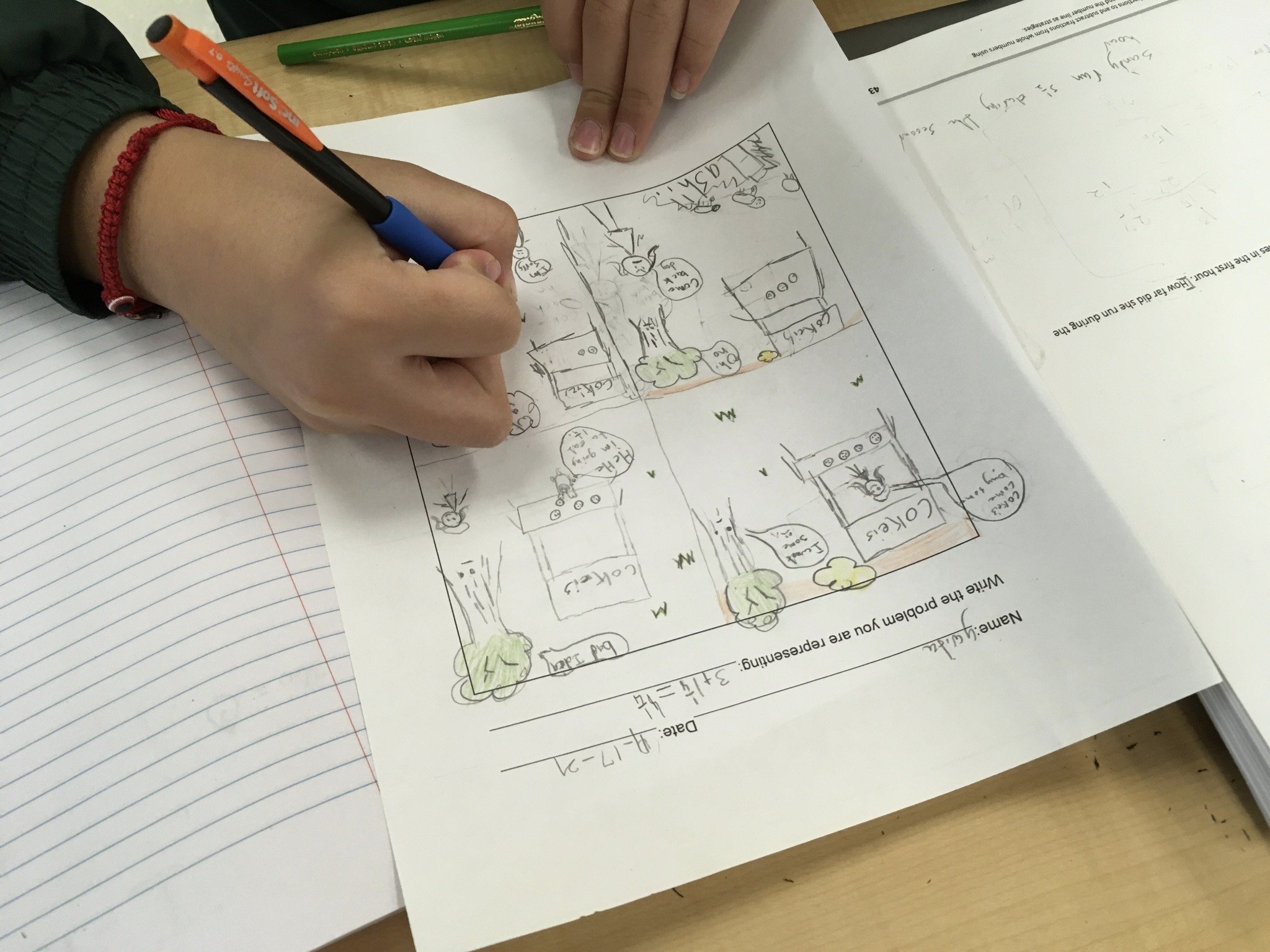Unleashing the Power of Arts Integration: Transforming Classrooms for More Effective and Joyful Learning
Arts integration is a teaching method that transforms the traditional classroom experience by seamlessly blending the arts into other academic subjects such as science, math, and literature. The John F. Kennedy Performing Arts Center defines arts integration as:
“An approach to teaching in which students construct and demonstrate understanding through an art form. Students engage in a creative process which connects an art form and another subject area and meets evolving objectives in both.”
This approach helps students to see the connections between subjects and helps to develop critical thinking and problem-solving skills. Let's explore some examples of arts integration in action:
In a history class, students can use pantomime and improvisation to bring to life the writing of the United States Constitution.
Science teachers can leverage stop-motion animation to help students grasp complex concepts related to sound waves.
Math classes can incorporate visual arts projects to help students explore geometric shapes and patterns in a fun and creative way.
By connecting the arts, educators can offer students a more engaging, interactive, and joyful learning experience. Arts integration enables students to learn and express themselves through multiple modalities, sharpening their creative, problem-solving, critical thinking, and communication skills. As a result, students are better equipped to retain and apply their knowledge in a variety of contexts, thus improving their overall learning outcomes.
Ready to learn how to implement the arts in your classroom? Check out the below professional development workshops!






